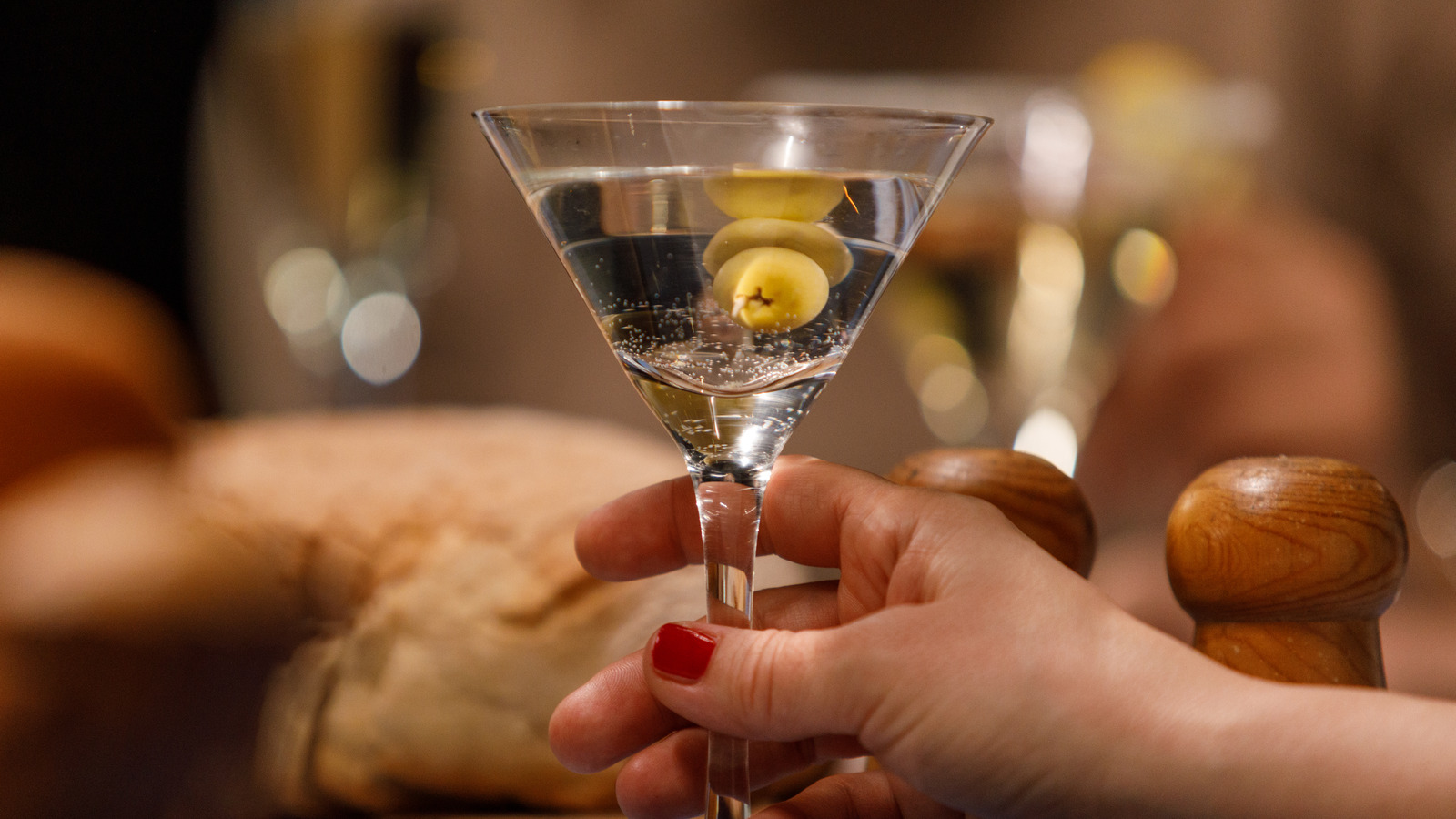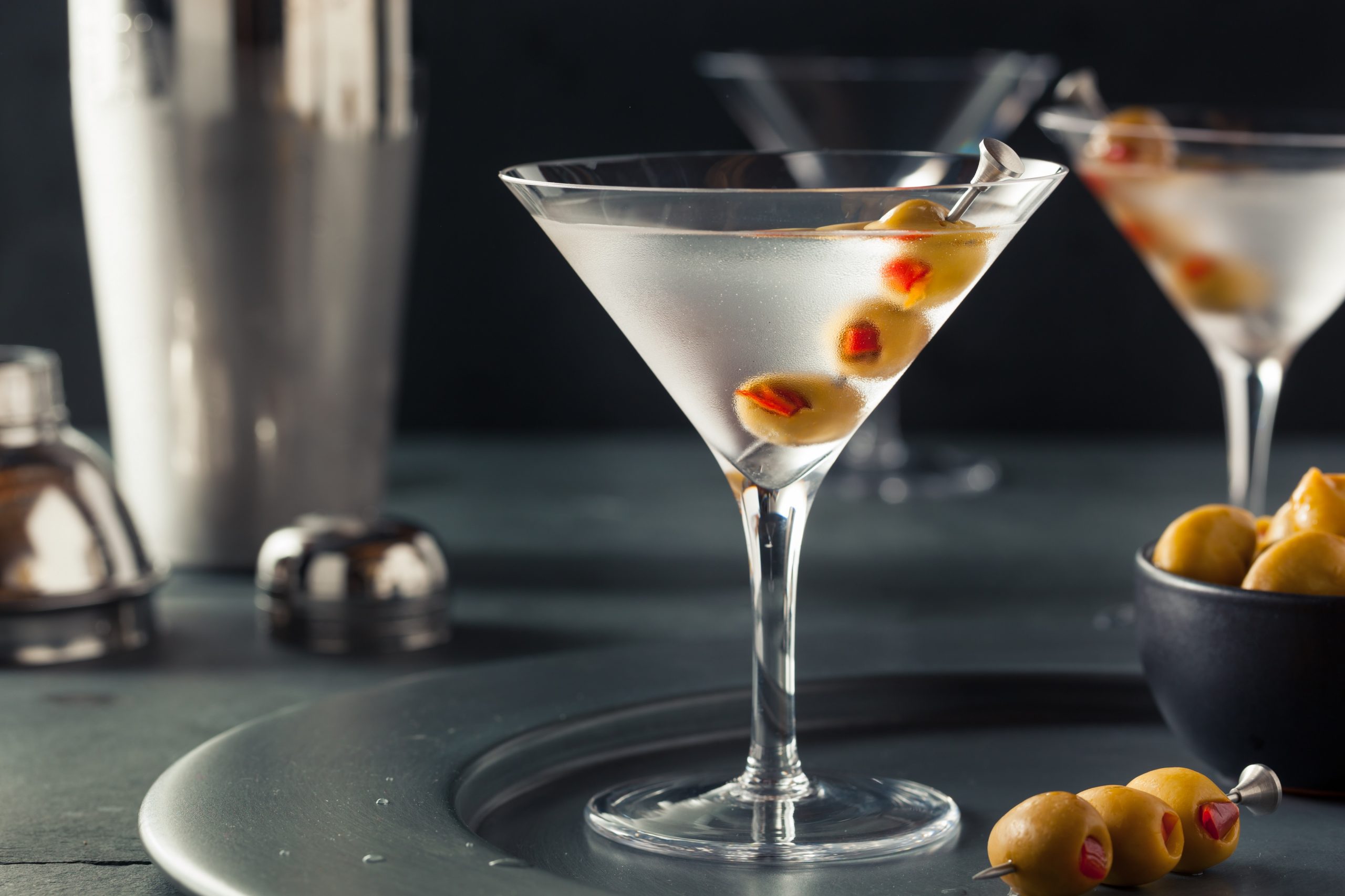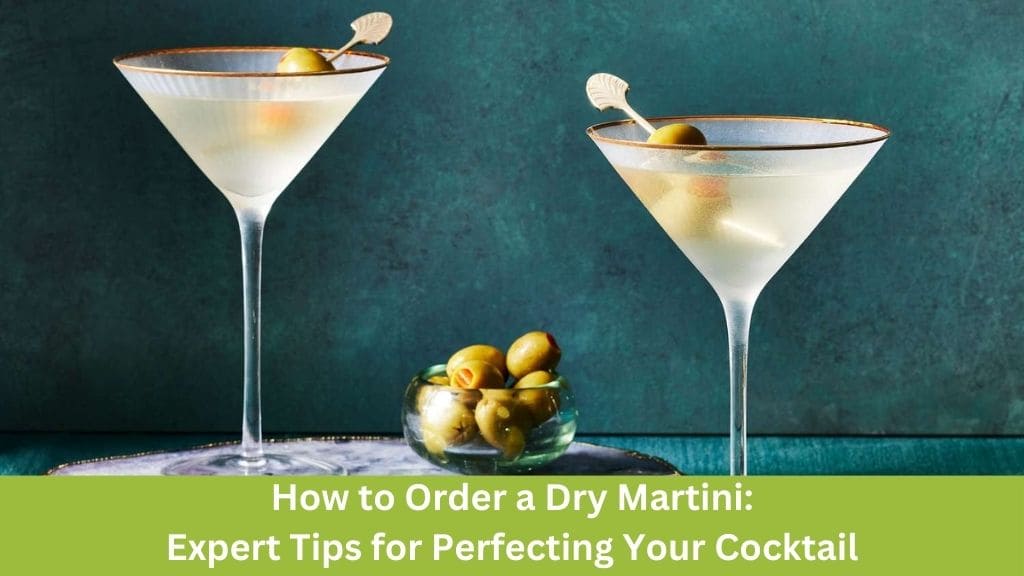In the realm of classic cocktails, few are as iconic and timeless as the martini. With its simple yet sophisticated blend of gin or vodka and vermouth, the martini has earned its place as a symbol of elegance and refinement. However, within the realm of martinis lies a spectrum of variation, and one of the most popular iterations is the dry martini. In this comprehensive guide, we’ll delve into the nuances of ordering a dry martini, exploring everything from its origins to the finer points of customization.
What is Dry Martini?

Before diving into the intricacies of ordering a dry martini, it’s essential to understand what sets it apart from its counterparts. At its core, a dry martini is characterized by its minimal vermouth content, resulting in a crisp, spirit-forward cocktail with a subtle hint of herbal complexity.
Origins of the Dry Martini
The origins of the dry martini can be traced back to the evolution of the traditional martini recipe. While early iterations of the martini featured a more balanced ratio of gin to vermouth, the trend towards drier martinis gained momentum over time. The term “dry” refers to the reduced proportion of vermouth in the cocktail, allowing the botanicals of the gin or the neutrality of the vodka to take center stage.
Crafting the Perfect Dry Martini
Ordering a dry martini is not simply a matter of requesting a standard recipe with less vermouth. Instead, it involves a nuanced understanding of the key elements that contribute to its flavor profile. Let’s explore the essential components of crafting the perfect dry martini.
Choosing Your Base Spirit
The first step in ordering a dry martini is selecting your preferred base spirit: gin or vodka. Each offers a distinct flavor profile that can significantly influence the character of the cocktail.
- Gin: Known for its botanical complexity, gin infuses the dry martini with layers of flavor ranging from juniper and citrus to spices and herbs. Opt for a London dry gin for a traditional dry martini experience, or experiment with contemporary gin varieties for a modern twist.
- Vodka: Renowned for its neutrality, vodka yields a clean and crisp martini with a smooth finish. Ideal for those who prefer a milder flavor profile, vodka-based dry martinis allow the vermouth to play a more subtle supporting role.
Selecting Your Vermouth
While the vermouth content in a dry martini is minimal compared to other variations, it still plays a crucial role in shaping the cocktail’s overall character. When ordering a dry martini, consider the following options for your vermouth:
- Dry Vermouth: As the name suggests, dry vermouth is the traditional choice for a dry martini. Its subtle herbal notes complement the base spirit without overpowering it, resulting in a harmonious balance of flavors.
- Extra Dry Vermouth: For those who prefer an even drier martini, extra dry vermouth offers a more restrained approach to the vermouth component. With its crisp and clean profile, extra dry vermouth allows the base spirit to shine.
Customizing Your Garnish
In addition to the base spirit and vermouth, the garnish plays a crucial role in enhancing the aroma and visual appeal of the dry martini. Consider the following options when selecting your garnish:
- Lemon Twist: A classic choice for garnishing a dry martini, a lemon twist adds a refreshing citrus aroma to the cocktail while also imparting a subtle hint of zestiness to each sip.
- Olives: For those who prefer a savory note in their martini, olives are a popular garnish choice. Whether plain or stuffed with pimento, olives lend a briny complexity to the cocktail that pairs well with the dryness of the vermouth.
Adjusting the Proportions
The final element to consider when ordering a dry martini is the proportion of vermouth to base spirit. While the traditional ratio calls for a minimal amount of vermouth, there is room for customization based on personal preference:
- Standard Dry Martini: Typically made with a ratio of 5 parts base spirit to 1 part dry vermouth, the standard dry martini offers a balanced blend of flavors with a subtle vermouth presence.
- Extra Dry Martini: For those who prefer an even drier martini, opt for a higher ratio of base spirit to vermouth, such as 10:1 or even 15:1. This approach minimizes the vermouth’s influence, resulting in a more pronounced expression of the base spirit’s botanicals.
Ordering Your Dry Martini

Armed with an understanding of the key elements that define a dry martini, it’s time to put your knowledge into practice and order the perfect cocktail. Follow these steps to ensure your dry martini is tailored to your taste:
- Specify Your Base Spirit: Start by indicating whether you prefer gin or vodka as the base spirit for your dry martini.
- Choose Your Vermouth: Specify your preference for dry vermouth or extra dry vermouth, depending on your desired level of dryness.
- Select Your Garnish: Decide whether you’d like a lemon twist, olives, or any other garnish to accompany your dry martini.
- Adjust the Proportions: If you have a specific ratio of base spirit to vermouth in mind, communicate this to your bartender to ensure your dry martini is made to your exact specifications.
- Specify Chilling Method: Finally, indicate whether you prefer your dry martini shaken or stirred, as this can influence the cocktail’s texture and temperature.
By following these steps and communicating your preferences clearly, you can confidently order a dry martini that is tailored to your taste preferences and crafted to perfection.
What Makes a Martini Dry or Wet?
A martini is classified as either “dry” or “wet” based on the ratio of vermouth to the base spirit, typically gin or vodka.
- Dry Martini: A dry martini has a higher proportion of base spirit compared to vermouth. This results in a cocktail that is more spirit-forward, with minimal herbal and sweet notes from the vermouth. The standard ratio for a dry martini is around 5 parts base spirit to 1 part vermouth, although variations exist based on personal preference.
- Wet Martini: Conversely, a wet martini has a higher proportion of vermouth relative to the base spirit. This leads to a cocktail with a more pronounced herbal character and slightly sweeter profile compared to a dry martini. Common ratios for a wet martini range from 2 parts base spirit to 1 part vermouth to equal parts of each.
The designation of a martini as dry or wet allows for customization according to individual taste preferences, with variations in vermouth content altering the cocktail’s flavor profile accordingly.
Key Martini Terminology
- Dirty/Extra Dirty: A martini made with olive juice or brine, resulting in a slightly salty flavor, and typically garnished with an olive.
- Bone-Dry: A martini made with extremely little or no vermouth, resulting in a very dry cocktail with a strong emphasis on the base spirit.
- Kangaroo: Another name for a vodka martini, indicating that vodka is the base spirit instead of gin.
- Vesper: A martini variation popularized by James Bond in “Casino Royale,” consisting of three parts gin, one part vodka, half a part Lillet Blanc, and a lemon peel garnish.
- Upside Down or Reverse: A martini made with the opposite proportions of vermouth and base spirit, such as more vermouth than usual.
- 50/50 or Perfect: A martini made with equal parts dry and sweet vermouth, resulting in a balanced flavor profile.
- Shaken: A martini that is chilled by shaking it with ice in a cocktail shaker, typically resulting in a slightly cloudy appearance.
- Stirred: A martini that is chilled by stirring it with ice in a mixing glass, resulting in a clear and smooth cocktail.
- On the Rocks: A martini served in a rocks glass over ice cubes, diluting the cocktail slightly and altering its temperature.
- With a Twist: A martini served with a twist of lemon peel, adding a hint of citrus aroma to the cocktail.
- Gibson: A martini garnished with a cocktail onion instead of an olive or lemon twist.
What does extra dry martini mean?

An “extra dry” martini refers to a variation of the classic martini cocktail where the amount of vermouth used is significantly reduced, resulting in a drink with a very minimal amount of sweetness or moisture. In an extra dry martini, the emphasis is on the strong, bitter taste of the alcohol, typically gin or vodka, with just a hint of vermouth to add complexity without adding noticeable sweetness. This version is often preferred by those who enjoy a more intense and purely alcoholic flavor profile in their martini.
Extra Dry Martini Recipe:
Ingredients:
- 2 ½ oz gin
- 1 drop dry vermouth
- Ice cubes
Instructions:
- Fill a mixing glass or cocktail shaker with ice cubes.
- Add the gin and just one drop of dry vermouth into the shaker.
- Stir the mixture well for about 30 seconds to chill the ingredients thoroughly.
- Strain the martini into a chilled martini glass, using a strainer to remove the ice.
- Optionally, garnish with a twist of lemon or a green olive.
- Serve immediately and enjoy your extra dry martini!
Note: The key to an extra dry martini is using a very small amount of dry vermouth to keep the drink exceptionally dry, allowing the herbal and botanical flavors of the gin to shine through. Adjust the amount of vermouth to suit your preference for dryness.
What does extra dirty martini mean?

An “extra dirty” martini refers to a martini that contains a higher-than-usual amount of olive brine or other savory, salty ingredients added to the traditional mix of gin or vodka and dry vermouth. This results in a stronger, more pronounced salty flavor, giving the martini a “dirtier” or more savory taste profile compared to a standard dirty martini.
Recipe for an extra dirty martini:
Ingredients:
- 2 ½ ounces vodka or gin
- ½ ounce dry vermouth
- 1 to 1 ½ ounces olive brine (adjust according to preference)
- Ice
- Olives for garnish
Instructions:
- Chill a martini glass by placing it in the freezer for at least 10 minutes.
- Fill a cocktail shaker with ice.
- Pour in the vodka or gin, dry vermouth, and olive brine.
- Shake the mixture vigorously for about 15-20 seconds to chill the ingredients thoroughly.
- Remove the chilled martini glass from the freezer.
- Strain the cocktail mixture into the chilled glass, using a strainer to catch the ice.
- Garnish the martini with olives on a cocktail skewer.
- Serve and enjoy your extra dirty martini!
Conclusion
The dry martini stands as a timeless classic in the world of cocktails, celebrated for its simplicity, elegance, and versatility. By understanding the key elements that define a dry martini and mastering the art of customization, you can elevate your martini experience to new heights. Whether you prefer gin or vodka, a lemon twist or olives, a standard ratio or an extra dry variation, the possibilities for crafting the perfect dry martini are endless. So, the next time you find yourself at the bar, don’t hesitate to order a dry martini and savor the unparalleled sophistication of this beloved cocktail.
I’m Chen Mina, from Vol de Nuit, who has a special passion for bartending, especially mixing wine, beer, and cooktail. Here you will find content about alcoholic beverages, I will bring you knowledge that few people know about this drink.





